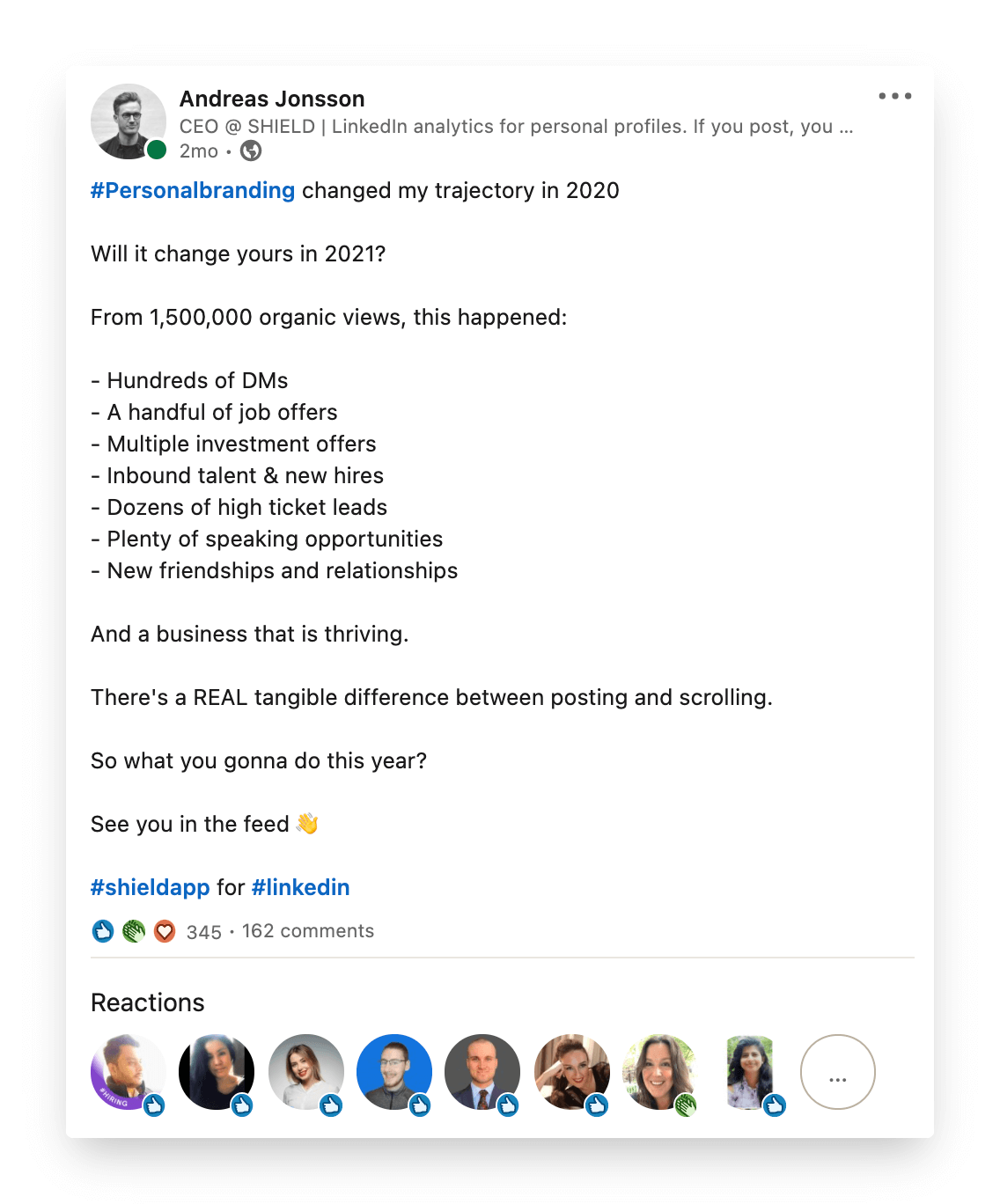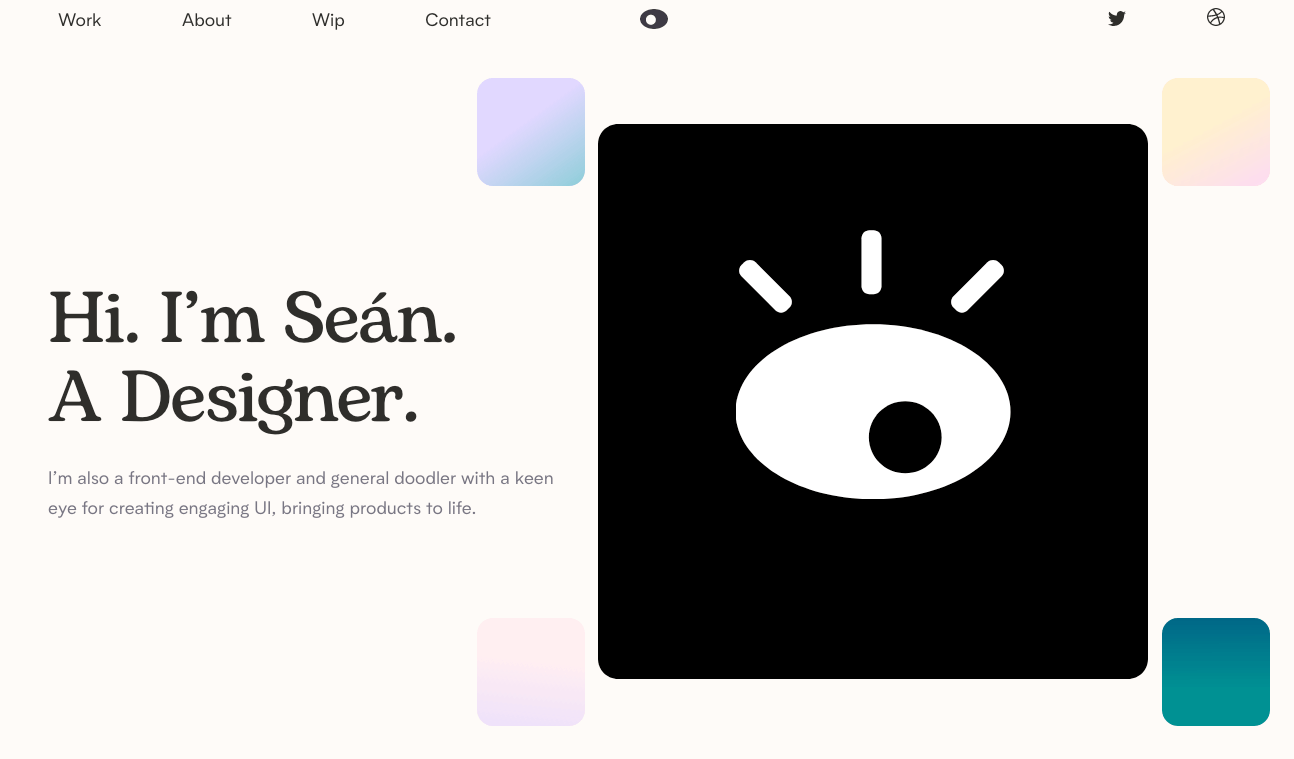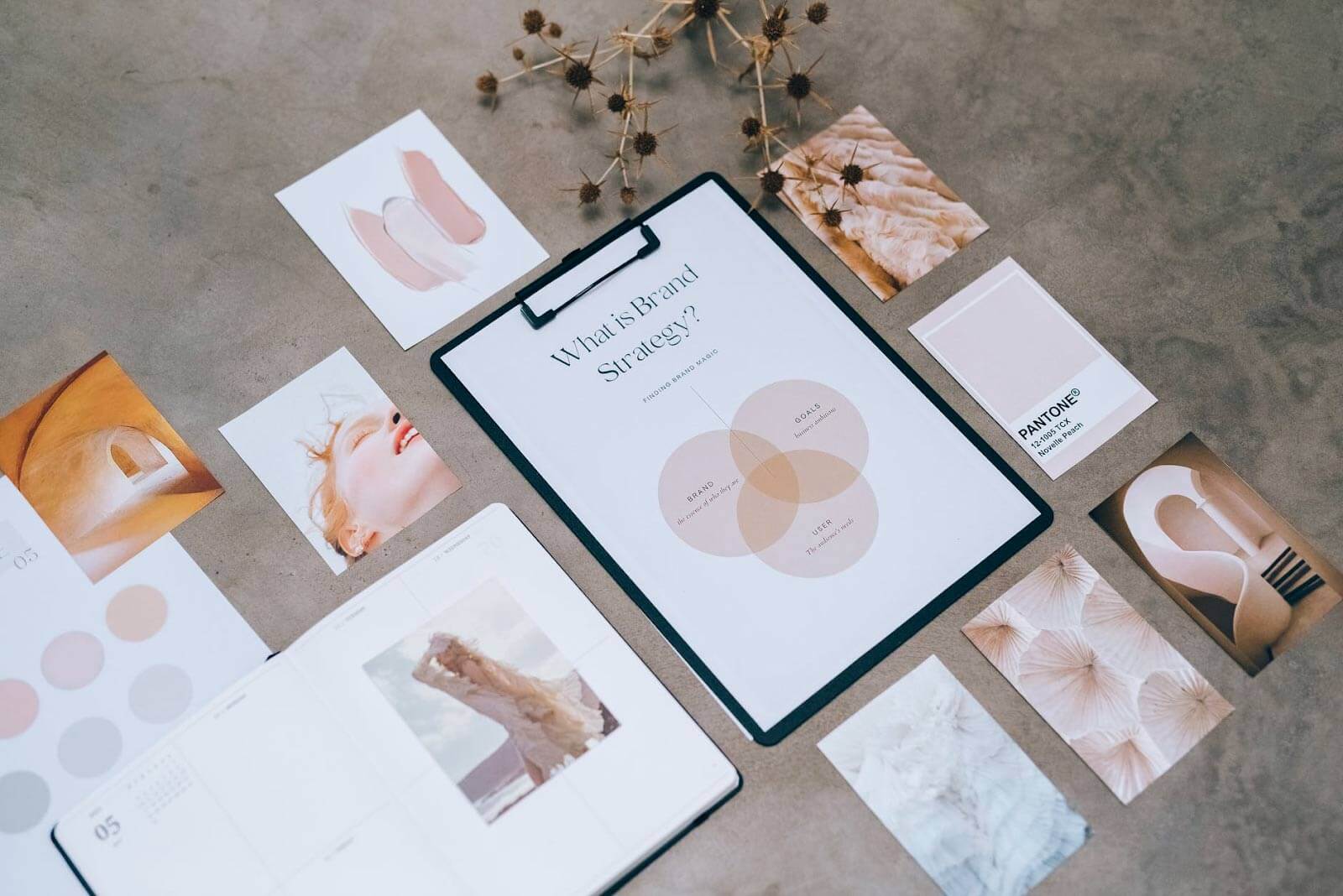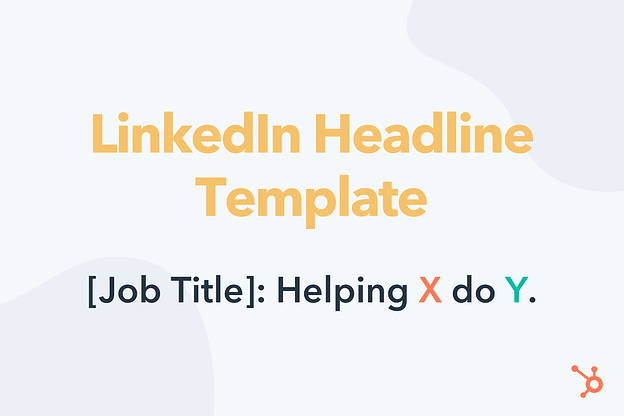How To Build Your Personal Brand To Boost Your Career
What is a personal brand? In this guide, we’ll discuss how personal branding boosts your career & share 7 personal brand building tips to create yours now:

A personal brand isn’t just for influencers; career experts say it’s a must-have for all remote professionals these days.
Creating a personal brand allows you to thoughtfully take up a little corner of the online universe. Here you can tell your story, shout out your achievements, and connect with like-minded professional and personal contacts.
Even if you’re not actively seeking a new remote role, investing time and attention into your personal brand can level up your career, as you’ll see in this guide.
So let’s begin with the basics before tackling your 7-step game plan to craft your brand today.
What is a Personal Brand?
Your personal brand defines how you represent yourself online. It’s what you’d like others to know about you, and best remember you for. It encompasses:
- Your personal story, background, and experiences
- Your personality, outlook, aesthetic, and voice
- The values, causes, and missions you believe in
- What you do best and what you aspire to
- Why you’re unique, interesting, and worth getting to know/work with/follow
Much like branding in the business or marketing world, a personal brand creates a seamless, cohesive representation of who you are across online channels and introduces what you bring to the table.
Here’s Why You Need a Personal Brand
Most remote professionals don’t get the chance to meet networking contacts, hiring teams, or recruiters in the real world. Since everything happens online, your personal brand becomes your 24/7, on-demand elevator pitch and business card rolled into one.

Your social media channels can show people the type of content and conversations you’re interested in. Your own created content can position you as a trustworthy thought-leader in your niche.
All these tidbits contribute to your online reputation and gather under the umbrella of your personal brand. This can then help you:
Attract Remote Job Opportunities
Your website or LinkedIn profile may show up in a Google search when hiring teams search for someone with your work history, job title, or experience. Make sure they see all your skills, abilities, and achievements, and you might hear about a new role out of the blue.
Land Your Dream Remote Job
It’s no secret that recruiters and hiring teams look up applicants online before scheduling interviews. In fact, almost 80% of hiring teams consider a personal website important when evaluating job candidates.
So what are hiring teams going to find when they search your name?

Researchers from one study revealed that employers will pass on candidates if they find any of these tied to their online personas:
- Inappropriate content (including photos, videos, or text)
- Alcohol or drug-related content
- Discriminatory comments on race, religion, gender, etc.
- Negative remarks about previous employers or coworkers
- Unprofessional usernames or handles
On the other hand, the researchers noticed that employers tend to move forward with candidates whose online profiles display:
- Qualifications that support those in their resume
- Creative abilities
- A well-rounded professional image that includes many interests
- Company culture fit
- Stellar communication skills
- Awards and professional accolades
- Compelling content
Show organizations you’re a valuable asset they need on their team and make them see why you’re the one they’re looking for.
Build Up Your Network and Online Community
Finding a community when working remotely can be a challenge. But if you slack in this department, you may feel lonely, isolated, and unmotivated.
Leverage what makes you special to build your personal brand, and you’ll naturally draw like-minded people, followers, and those interested in your insights and point of view.
The more your brand says about your authentic self, the more people will feel as if they know you. You’ll start building trust and community in no time.

So now that you know all the benefits of personal branding, let’s roll up our sleeves and work on yours!
How To Build a Personal Brand in 7 Easy Steps
Try not to tackle all these personal branding steps at once, or the whole process can seem overwhelming. Instead, work your way through this list one step at a time until you’re happy with the results.
1. Brainstorm Your USP
Focus your personal brand on your unique selling point (USP). This is how you’ll set yourself apart from other professionals in your niche and leave a memorable impression.
To find your USP, think about:
- What you love doing
- What you’re good at
- What people praise you for
- Your strengths and abilities
- What motivates you
- How you like making people feel
Come up with a few ideas to spotlight, then move on to keyword research.
You want your personal brand to tie into your professional goals. Keywords that pertain to your job titles, duties, responsibilities, certifications, etc., will help those organic searchers and reinforce your resume credentials.
You’ll need your USP and these specific industry keywords to:
2. Define Your Niche
If you attempt to connect with everyone who encounters your personal brand online, you’ll wind up connecting with no one.
People respond best when they can see your specific point of view and passion. That’s how they’ll find shared similarities and interests.
So the further you can define and refine your niche, the better. You’ll reach a more targeted audience who really cares about what you have to say and share.

Maybe your niche is eco-friendly cryptocurrency mining. Or teaching inner-city girls how to code their own apps. Perhaps it’s your easy way of breaking down complex financial topics for the number-averse.
Whatever your thing, make it influence the content you create, the conversations you have, and the insight you share. These all reinforce your authority and develop a well-rounded picture of who you are and what you stand for, which potential employers and collaborators definitely want to see.
Pro tip: Use your keyword research to find all related search terms in your niche/industry here.
3. Determine Where To Focus
Your personal brand must be cohesive across all your channels. But that doesn’t mean you should be on every social media platform (unless you want to be, of course). The two most common options are:
A Personal Website
If you want to step up your game with a personal website, we’re here for it! You can display your creative side, show off your skills, and add all your niche, industry keywords here to make it easier to find you.
HubSpot says personally branded websites fall into four categories:
1. The Personal Resume. This single-page site gives visitors a more in-depth, personalized version of your resume that’s constantly crawled by search engines and hiring teams. You can even let visitors download a hard copy of your resume.
2. The Portfolio. This site exhibits your visual work, past and current design projects, and anything else that showcases your creative endeavors. A portfolio is pretty mandatory for remote job seekers in graphic design, illustration, content marketing, etc.
3. The Personal Demo. This site is similar to a portfolio, except it demonstrates someone’s coding or UI/UX design. Developers can share more about themselves while displaying their programming chops.

4. The Personal Blog. Sites with a regularly-updated blog have higher SEO rankings and get more traffic. They also let you share your unique thoughts and perspective, provide helpful advice, and display your communication skills.
Choose the website that will show off your USP best.
Social Media
LinkedIn has become the must-have professional profile. Twitter ranks high on the list as well. If you only have time for one or two channels, make it those. However, if you’re in a visual field, platforms like Instagram may be a better place to showcase your talent.
Always optimize your profile. Include your name, brief one-liner bio with search keywords, and your contact details no matter which site you use. Fill out About sections, add headshots, and try to update your status every time you begin a new project. Keep your employment history up-to-date on LinkedIn too.

Don’t forget to add a visual banner (LinkedIn) and header (Twitter) that syncs with your personal brand. This photo or graphic should help solidify what you do and fit your curated aesthetic.
4. Curate Your Brand’s Tone and Aesthetic
Your goal is to curate the perfect, authentic image that represents you and your brand. The way you speak and present yourself will help you stand out from others in your industry. So stay true to yourself and nail down your officially branded:
Tone (and Emojis)
Keep your communication real and honest, similar to how you speak in the real world.
Understand the type of vibe your words can give off. Are you going to stick to full sentences and minimal emoji use in your posts? Or will you be more casual and drop the occasional f-bomb, emoji parade, and dank meme on your followers?
You’ll need to make a checklist of what your brand will and will not use in your content creation, posts, comments, etc. Think about what your audience will best respond to here, especially if you’re currently on a remote job search.
Color Palette and Filters
Statistics say 94% of someone’s first impression of a brand comes down to design and color choice. Your brand’s color palette ties everything together to make your image cohesive and easily recognizable across platforms.
Your website, logo, email signature, business cards, etc., should all contain the same handful of distinct colors tied to your brand. In the same way, your social media photo filters should all be the same or similar.

Choose five complementary colors you resonate with. You can research the psychology of color theory to get laser-focused here, or just choose your faves to represent your aesthetic. A free color palette generator like Coolors easily and quickly compares multiple options side-by-side at once.
Pro tip: Scope out how some of your favorite brands utilize their brand colors for impact.
5. Craft a Value-Driven, One-Liner Bio
All your work on personal branding up to this point should give you a clear idea of what your brand is by now. So let’s sum it up in one brief sentence or one-liner.
Avoid cliches. Words and phrases like motivated, creative, and team player don’t command attention because they’re so expected. Think outside the box and focus on your USP to come up with your value-driven bio.
A few good examples include:
- Digital marketer specializing in boosting B2C Instagram engagement and sales.
- Front-end developer seeking collaborators for new projects.
- Freelance accountant demystifying the stock market for new investors.
- Talent retention specialist raising the bar on emotional intelligence in the workplace.
Figure out your one-liner, then place it front and center across all your accounts. It should be the first thing people read when they get to your website and social media profiles.

Use your one-liner for your LinkedIn headline